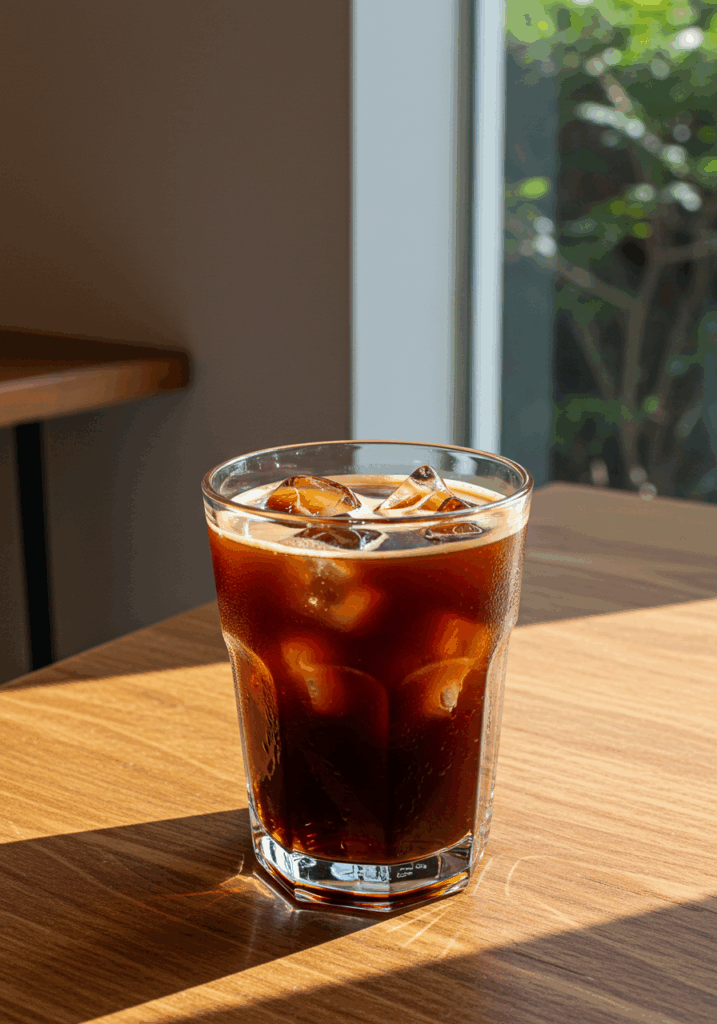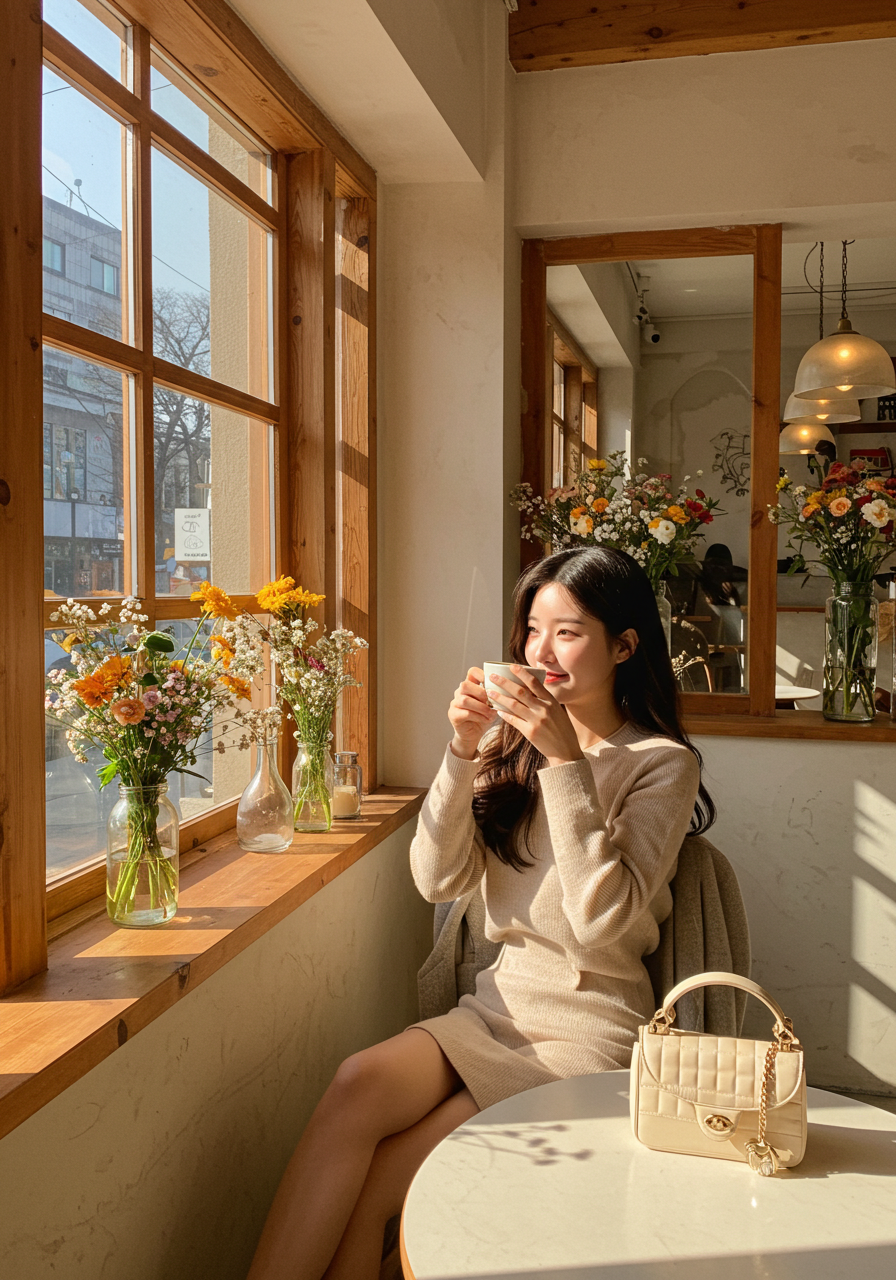
The Rise of the Cafe Culture in Korea
For Koreans, coffee is more than a caffeine fix—it is an expression of cultural identity, social lifestyle and aesthetic appeal. Young Koreans are now actively participating in cafe-hopping as a cultural activity. Every cafe stop along a café tour provides a separate experience ranging from small hidden alleys to large rooftop-concept establishments.
Café searching involves more than searching for a decent latte. Young Koreans actively search for cafés that match their moods as well as their Instagram feeds.
Aesthetic First, Coffee Second
The main reason young adults between 20 and 30 years old choose specific coffee shops in Seoul or Busan is because of their beautiful interior or great photo potential. The phrase “감성카페 (gamseong cafe)” or “mood cafe” or “emotional café” has become a trendy term.
The cafes use soft lighting, curated playlists, vintage furniture, and photogenic desserts to create a specific mood. The aesthetic design of the cafe typically attracts customers more than its coffee quality. The MZ Generation chooses to curate experiences that they want to share with others rather than just consume them.

Cafe Hopping as a Social Activity
People explore cafes either alone with their camera or with friends or dates during their tours. It is normal for people to spend their afternoons visiting two or three different cafes. The activity lets people discover neighborhoods and spend time with friends while also posting updates on social media.
Some people organize complete day schedules focusing on visiting popular cafes which they find on Instagram, Naver blogs, or YouTube vlogs. Social structures exist solely because people share reviews about cafes. Users can discover their next hidden café destination through #카페투어, #서울카페, and #감성카페 hashtags as well as maps and ranking apps.
The Basic Reason Behind the Trend
From the surface level, cafe hopping seems to be an Instagram-driven trend. The MZ Generation of Korea uses café hopping to both escape the pressure of their fast-paced lives and find personal time and space. The cafes in a culture which emphasizes competitiveness and prolonged work or study hours create peaceful spaces for people. A table in the corner with music, a drink and views can turn into a peaceful refuge which does not judge or measure people or force them to hurry.
These establishments provide customers with the opportunity to write in their journals, create artwork, conduct remote work or simply stare into space. The current generation prefers to visit cafes to find solitude with other people instead of interacting with others.
Individual Expression Through Cafe Choices
Your selection of coffee shop reveals your personality to others in a similar way to how fashion choices and playlist selection does. A minimalist? A romantic? A nostalgic dreamer? People develop their personality traits based on the places they choose to visit. Korean MZs drink coffee to collect memorable café experiences which they photograph and post online as their personal visual diary.
This lifestyle choice matches the generation’s affinity for telling stories and their appreciation of both visual beauty and deep emotional connections. Each cafe tells a part of their life story through their uploaded photos that convey their current location and emotional state.
Conclusion
The Korean cafe culture represents a personal expression of oneself while offering emotional respite and social interaction. The MZ Generation explores life’s beauty by visiting cafes one coffee cup at a time. A properly chosen café setting transforms a regular cup of coffee into an experience worth preserving in fast-paced life.
MBTI in Korea: More Than Just a Personality Test
